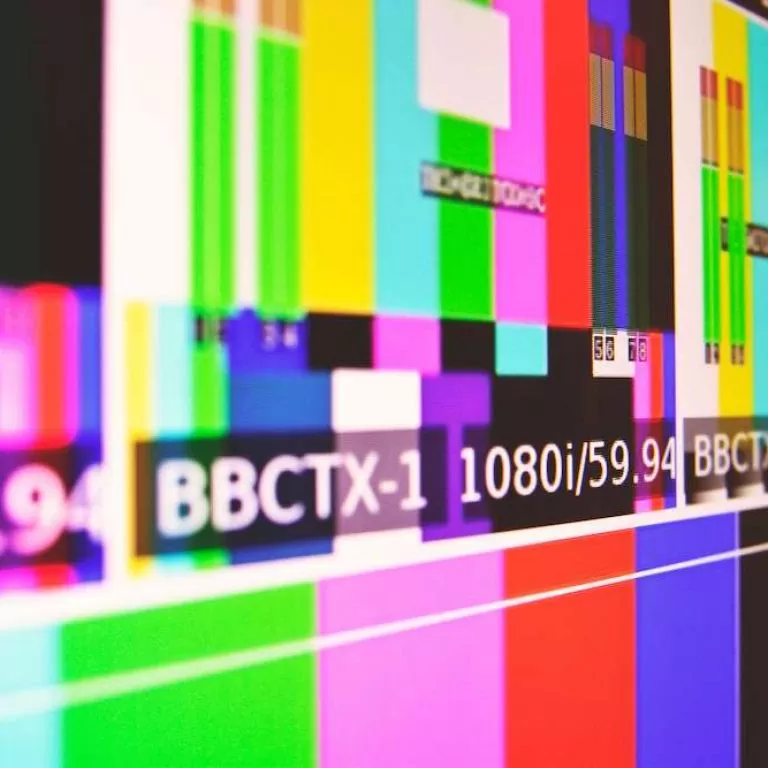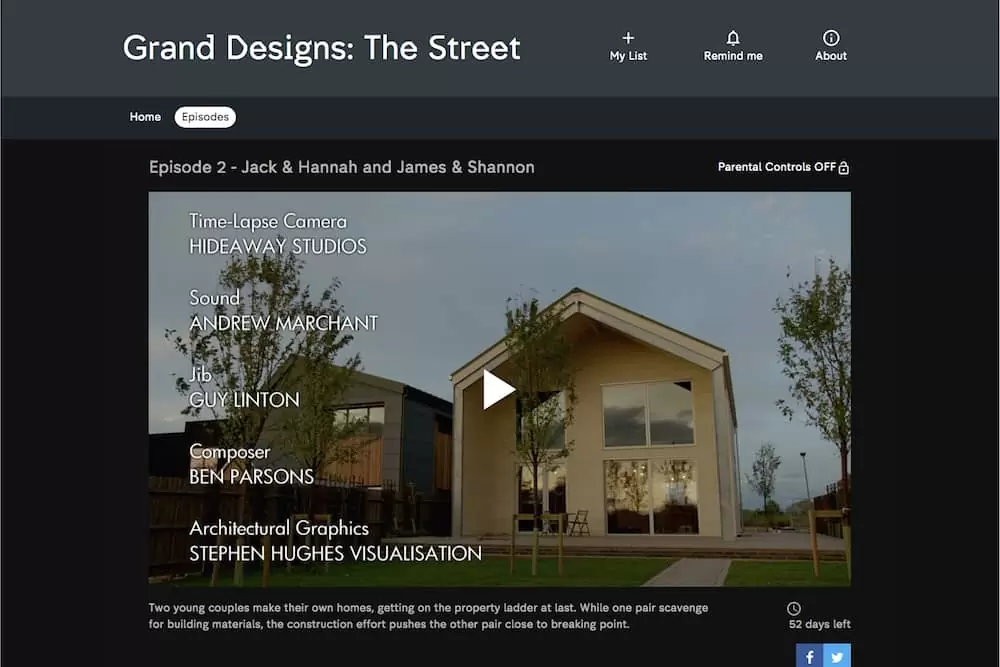
News Why use time-lapse on television?
Time-lapse photography on TV can be beneficial in a number of ways: to entertain, to advertise and to inform. We consider these three benefits.
We often discuss the capability of time-lapse to be combined with other mediums. It is something that its flexibility allows for, lending itself well to video, the Internet, film and, indeed, television.
It has become increasingly more widespread in all of these areas, perhaps because it offers an effective, yet visually dynamic way, of representing the passing of time.
Focusing specifically on TV, it is worth unpacking the significance of its relationship with time-lapse and what kind of opportunities it presents for those who use it.
Time-lapse on TV: as entertainment
Time-lapse allows considerable periods of time to be stretched out on the silver screen.
The benefits for telling stories, then, are numerous. As we have explored before, time-lapse is particularly good at showing the passing of time in a highly stylised manner. The many sequences sprinkled throughout the five-season run of ABC series Breaking Bad (2008-2013), for example, not only look good visually but help to tell some of the logistics of the story without the necessary time constraints of the episode.
As we have looked at in some depth in a previous post, time-lapse on TV has become somewhat of a trope in and of itself. The photographic method is now used in many opening credit sequences.
As part of an industrial and economic context with access to bigger budgets and production measures that originate from cinema, we are living in a real golden age of television. And as in cinema, the title sequence of a programme helps to set the tone and atmosphere of the story, while introducing the characters within their world.
Animation titles also benefit from the application of time-lapse as TV trope, as shown through the opening credits to BoJack Horseman (2014- ). Here, time-lapse takes you through a day of the once beloved sitcom horse of the 90s, as he gets drunk at his cliffside mansion: as Bojack gets drunker, the time-lapse appears to grow dizzier.
In all of these examples, and many more, time-lapse furthers the entertainment and aesthetic value of a TV show; speaking to the overall style and tone, and creative ways to tell the story.
Time-lapse on TV: as advertising & PR
The ability of time-lapse to tell a story is not wasted in the marketing of commercial products either.
As a key promotional platform for companies and businesses to sell themselves, as well as their services, TV advertising is an important element in PR management.
But in an incredibly competitive market, advertisers need to remain vigilant and open to new innovations so as to stick out their neck above the rest. TV adverts are ubiquitous and time-lapse is a means of shaking things up so as to produce new and stylish content that will help pique audiences’ interests.
As is evident from some of the examples that we have featured previously, time-lapse is used in a variety of ways and with particular specifications by some very high-profile retailers, including Marks & Spencer and IKEA.
Rapid interval time-lapse capture, high resolution quality images and other techniques can be applied to almost any scenario; enhancing and often dramatically changing the way that a narrative unfolds so as to immediately catch your eye and sustain your attention.
Time-lapse on TV: as information
In addition to its functions as something that entertains and promotes, time-lapse has its uses on broadcast television.
A combination of quality and adaptability is brought into effect with ‘broadcast-ready’ time-lapse, which not only matches, but enhances the viewing experience.
Plus, the kind of stories that time-lapse tells, can also be informative. Extensive narratives of progress can be reported quickly and with flare in a sequence which lasts a few minutes. This is well suited for news reporting, therefore, as there is often a need to relay information in a time-effective manner.
Some of our own time-lapse footage from projects, showing a variety of construction, leisure, and historical work, have been featured on news broadcasts for the BBC, ITV and Channel 4.

Above: the most recent instance of our time-lapse being utilised on TV is in relation to our long-term capture showing part of the self-build developments in Channel 4’s documentary, Grand Designs: The Street.
A time-lapse video stands as a fascinating way of communicating progress, especially developments which may be newsworthy and interesting to the public, as has been the case with our capture of the Mary Rose and various developments at Alton Towers theme park.
To conclude, there are many spaces in television where time-lapse photography is thriving. As well as a means to entertain and extend the variety of visual content on TV, time-lapse can be put to professional use in marketing contexts, as well as for more informative applications.